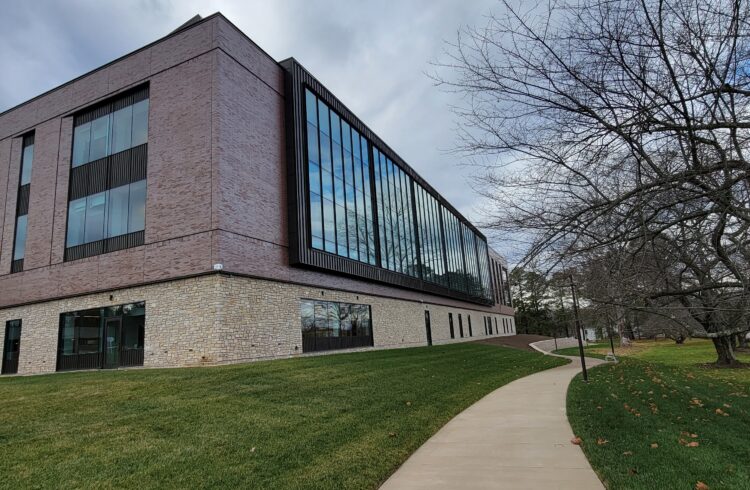
The last decade has seen a dramatic decline in the effectiveness of antibiotics, resulting in a mounting public health crisis across the world. A new breakthrough by University of Virginia researchers provides physicians and patients a potential new approach toward the creation of less resistant and more effective antibiotics.
“As bacteria become more resistant to our current classes of antibiotics, there also has been a general lack of new targets for developing novel antibiotics,” says John H. Bushweller, Ph.D., who led a new study appearing in the September 26, 2008, issue of Molecular Cell. “This is a dangerous situation, but our discovery provides a starting point for a completely novel class of antibiotics, acting via a different mechanism.”
What Dr. Bushweller, professor of molecular physiology and biological physics, and fellow researchers at the UVA Health System and Harvard Medical School have determined is the structure of a particular integral membrane enzyme, called DsbB – one of the many proteins that reside in cell membranes. These so-called integral membrane proteins are important, because they account for roughly one-third of any genome in the human body and are the targets of more than half of all currently used drugs.
Until now, scientists have been unable to acquire much structural information about these types of proteins; yet determining a protein’s structure is vital in order to understand how it functions and how it can potentially operate as a drug target.
The study led by Dr. Bushweller represents the first time scientists have cracked the code required to solve a certain class of membrane protein structure by using nuclear magnetic resonance (NMR) spectroscopy, the preeminent technique for determining the structure of organic compounds. This novel NMR approach now gives the scientific community a brand new platform for attempting to determine structures of other important membrane proteins.
“What this means is that not only did we establish NMR spectroscopy as a potent tool for the characterization of the structure, dynamics and function of integral membrane proteins, but we also discovered that the DsbB enzyme is an exciting potential new target agent for the creation of novel antibiotics,” says Dr. Bushweller. “This could give us the roadmap to an entirely new class of antibiotics.”


